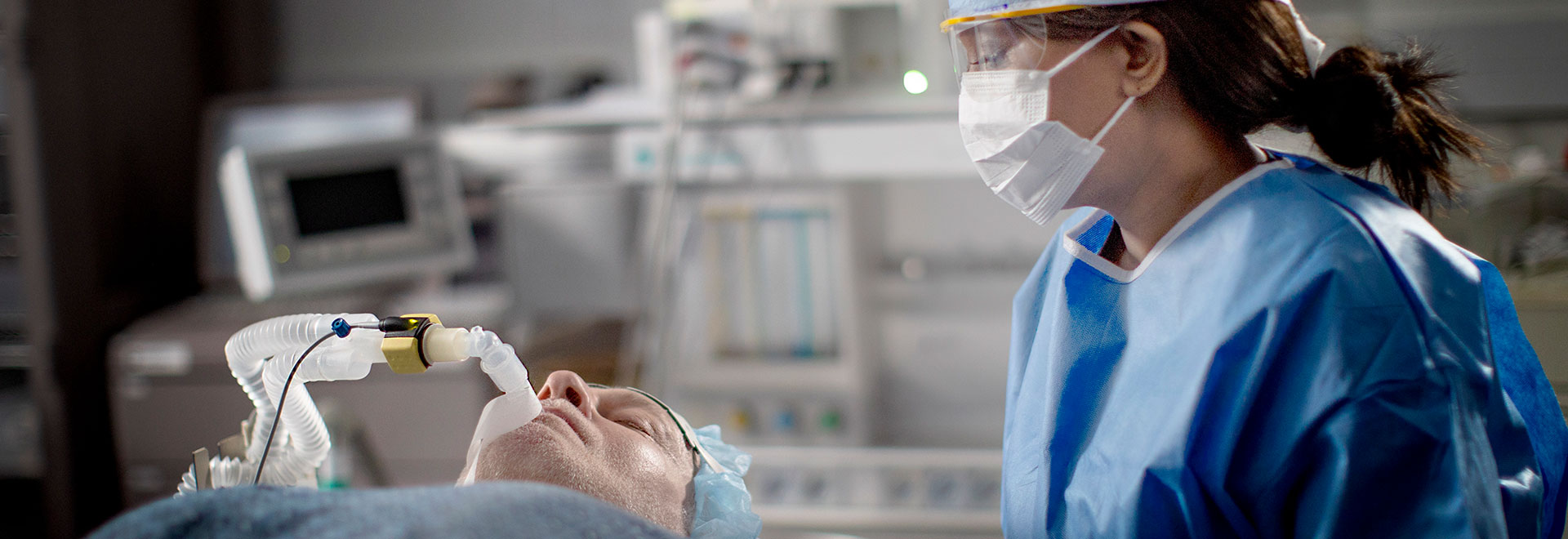
Orcasonics is creating a revolution in wearable ultrasound patches
Orcasonics is creating a revolution in wearable ultrasound patches, to monitor patients in real-time, with CMUT technology
“What we are working on, is a revolution in the field of ultrasound medical wearables.” Orcasonics Innovation is developing an ultrasound patch for measuring echocardiography and hemodynamics signals.
The uniqueness of this product, called EchoWear™, according to CEO and CTO Mati Shirizly, is in the combination of several aspects. “It can continuously acquire images, not just once every few minutes, but in real-time video. The patch is easy to attach, it doesn’t require an operator. Also, very importantly, the quality of images is very high while energy consumption is low, which means that a patch can last quite a long time and its temperature doesn’t rise.”
This combination of benefits would not have been possible with traditional PZT technology, says Mati. “In an early development stage, we already concluded that CMUT technology would be the only way forward if we wanted to succeed. CMUT has several unique properties that match our requirements, including bandwidth, energy consumption and image quality.”
“CMUT has several unique properties that match our requirements, including bandwidth, energy consumption and image quality.”
Orcasonics was founded in 2021 by three co-founders: Mati Shirizly (CEO/CTO), Oz Seadia (Vice President R&D), and Prof. Gerald Maurer (MD, FACC, FESC, FACP, FASE). The initial investment needed to turn the ultrasound patch idea into reality was provided by Sanara Ventures, a healthcare investment platform, launched in 2015 as a joint venture between Philips Healthcare and Teva Pharmaceuticals and in collaboration with the Israeli Innovation Authority. For Orcasonics, this opened the door for another valuable collaboration: together with the Philips MEMS Foundry, the medical technology startup explored the technical possibilities of developing the ultrasound patch.
Commitment to help meeting deliverables
Mati: “We soon learned that Philips would be the right partner for us to turn this idea into a reality. First because the Philips CMUT technology would allow us to build the ASIC on top of CMUT. But what was just as important was that the team was really committed to help us to meet our deliverables, by developing a custom solution. They put a lot of energy, creativity, and know-how into developing a prototype and proof of concept. In projects like these, good collaboration and real commitment are what matters most.”
The solution was developed in close collaboration with the Holst Centre that was responsible for developing the adhesive part and enclosure of the patch. Paul Bekkers, Business Development Manager at Philips: “There are several elements to this solution: the actual patch, the CMUT transducer and the front-end electronics, including the system that processes signals. The real challenge in this project was to bring everything together in a working product. We did face some challenges in the integration of these elements. What is often overlooked, but is of vital importance, is the assembly architecture of the components. You can create an amazing CMUT transducer, but without the right connections and the right acoustic lens, you will never be able to prove the performance. The CMUT team at the Philips MEMS Foundry includes CMUT assembly experts to ensure that challenging integration is done the right way.”
“What is often overlooked, but is of vital importance, is the assembly architecture of the components. You can create an amazing CMUT transducer, but without the right connections and the right acoustic lens, you will never be able to prove the performance.”
Mati: “Absolutely. But because Philips invested a lot of energy into developing a working product, together we have been able to enforce the technology to move forward. This level of commitment was really needed in this initial, experimental phase of product development. Also, it was important for us that Philips has its own assembly facility, which opens the gate to further expand upon this technology in the coming years – by adding more performance and complexity on the transducer.”
Continuous, real-time feedback
The first version of the ultrasound patch is expected to go to market in 2025. Mati: “The first use case includes Intensive Care Unit and Critical Care Unit patients. Here, the ultrasound patches can be used to give continuous, real-time feedback to physicians on hemodynamics and echocardiography of patients. The input signals generated by the patch are processed by our proprietary system, that offers actionable information to physicians on the status of patients.”
After the initial launch, there are plans to expand the use cases of the Orcasonics EchoWear™ ultrasound to monitoring patients at home: “There is a growing demand for home care solutions. In the future, more patients will, for example recover from surgery at home. An ultrasound patch can help to detect early signals of deterioration.”

